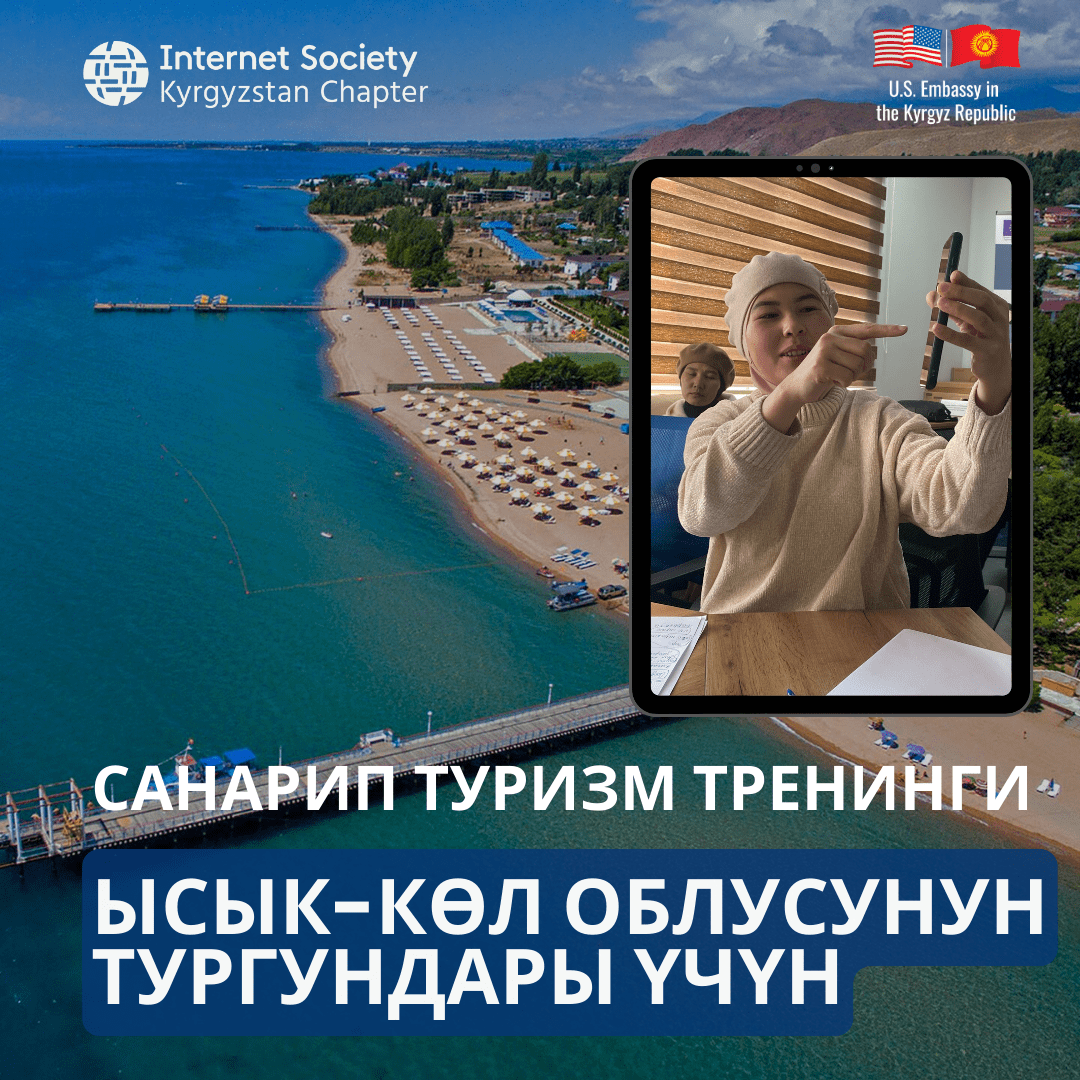Issyk-Kul is renowned as one of the deepest lakes globally, earning the title “The Pearl of Kyrgyzstan.” Due to its substantial water depth, the lake remains unfrozen throughout the year. Approximately 80 rivers and tributaries from the Tien Shan glaciers feed into Issyk-Kul, while the Chu River serves as its sole outlet, accumulating valuable mineral substances from these inflows.
Issyk-Kul is a beloved recreational destination for Kyrgyz people and attracts thousands of tourists annually from CIS countries and around the world. The peak tourist season at Issyk-Kul spans from mid-June to late August, with the northern shore being particularly attractive during summer. Key attractions include Cholpon-Ata town and the villages of Bosteri, Bulan-Sogottu, Chok-Tal, Sary-Oy, and Chon-Sary-Oy. Additionally, Karakol is a popular destination in summer and transforms into a ski resort attracting thousands of skiers and snowboarders during winter.
Therefore, the Internet Society Kyrgyz Chapter, with financial support from the U.S. Embassy in the Kyrgyz Republic, is initiating registration for residents of Naryn to participate in training on digital tourism. This project aims to strengthen entrepreneurship and foster small business development in the region.
If you work in the tourism industry, own a guesthouse, plan to open one, or are an expert/instructor in the tourism sector, you are invited to participate in our training.
During the first day of training, you will learn how to use Google Maps and 2GIS, and register on tourism platforms such as Booking.com, Airbnb, and TripAdvisor.com. You will also learn how to create accounts, manage automated hotel systems and the Travelline web PMS hotel management system, and effectively use social networks like Instagram, Facebook, and business messengers like WhatsApp for your business.
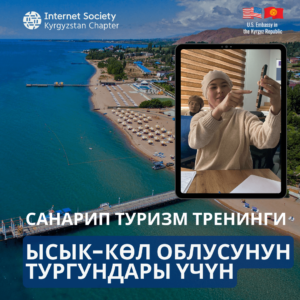
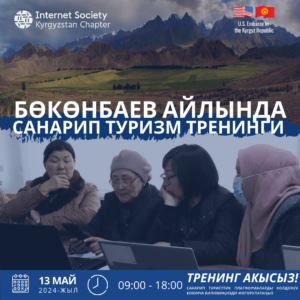
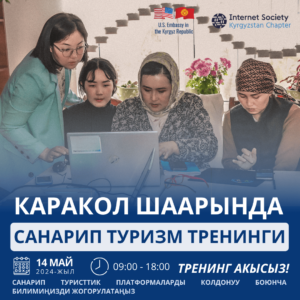
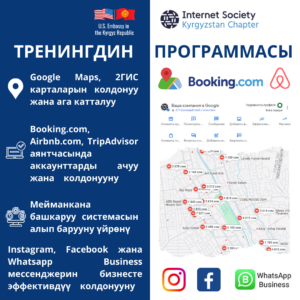

This project was funded by the U.S. Embassy in the Kyrgyz Republic. The opinions, conclusions or recommendations expressed here represent the opinions of the authors and do not necessarily reflect the views of the U.S. Department

